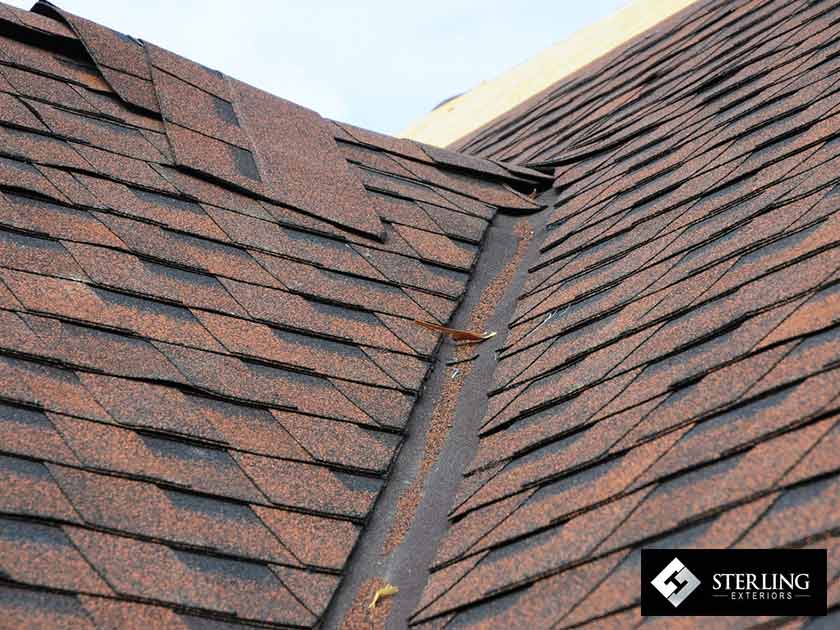Roof flashing is a crucial part of any roofing system. It’s designed to create an impermeable barrier that prevents water from entering your home and causing damage. If you suspect your roof’s flashing is failing or needs repair, it’s prudent to notice the signs and understand the causes so you can be more proactive in preventing further damage from occurring.
Here are the things you should keep in mind.

Common Causes of Roof Flashing Failure
- Improper installation: Improperly installed roof flashing can lead to leaks in your home’s structure as well as compromised insulation and ventilation systems over time.
- Poorly-maintained flashing: Regular inspection of your roof flashings is essential for long-term performance. Poor maintenance may result in gaps between shingle edges where water could enter through to the underlayment beneath, resulting in leakage problems if not addressed.
- Wear and tear: Constant exposure to wind, sun, rain and snow eventually takes its toll on all materials used for roofs.
- Incorrect material: Using incorrect material such as plastic instead of metal for certain areas within a roof can result in cracks because of increased temperatures that melt it away. This can cause gaps that allow moisture infiltration.
Signs of Roof Flashing Failure
- Cracked, bent or corroded flashing: Check along edges carefully at least once every six months while cleaning gutters and downspouts. Look for any visible deformities, especially around the valley areas, where two different panes meet together. These areas require extra attention since they tend to get clogged faster.
- Water spots on walls or the ceiling: Leaks caused by faulty flashing will typically appear in corners and wall junctions. Check for any noticeable signs — including stains, discoloration and dampness — to help detect problems early.
- Sagging roof: Inspect the top portion of the building carefully, looking for potential sagging issues around the valleys and edges of the shingles. The constant bombardment of weather elements can cause them to bend downwards, resulting in weakened support beams. This can result in increased chances of water infiltration.
- Mold and mildew on shingles: Moisture tends to get trapped in valley areas easily, forming molds over time. Without proper maintenance, this can lead to major problems.
Inspection and Repair
Inspections should be done at least once every six months. If damage is noted during inspections, contact a professional for roof repair as soon as possible. This may involve replacing damaged shingles, installing new flashings or even reconstructing portions of the structure that have been weakened due to water infiltration. The cost and time required will vary depending on the extent of the damage and how quickly it can be addressed. But a qualified roofer should be able to provide an estimate before beginning work so you can plan accordingly.
If you’re in need of roof flashing repair or replacement in Milford, Newtown or Anderson Township, OH, be sure to contact Sterling Exteriors. Our team of experienced professionals can quickly assess the damage and provide a free estimate for the necessary repairs. We’ll work with you to ensure that your roof is properly flashed and protected against future damage, so you can rest easy knowing your home is safe from water infiltration. We also do siding work if you need it. Send us a message or call us at (513) 685-8055 today.






